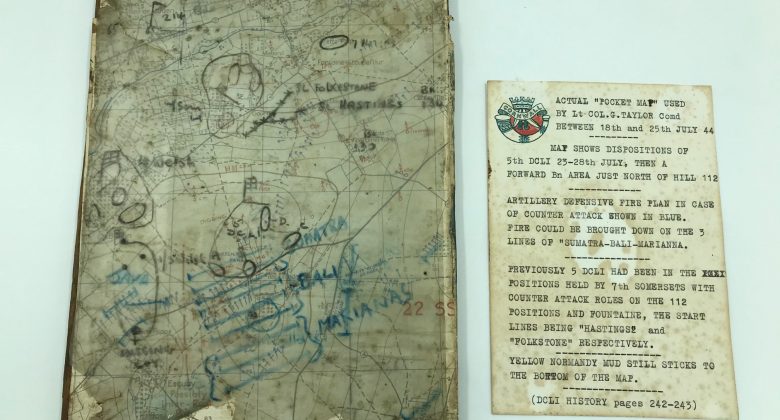Cornwall’s Citizen Army Objects
This page shows you the objects from the museum’s collection that feature in our Cornwall’s Citizen Army Exhibition
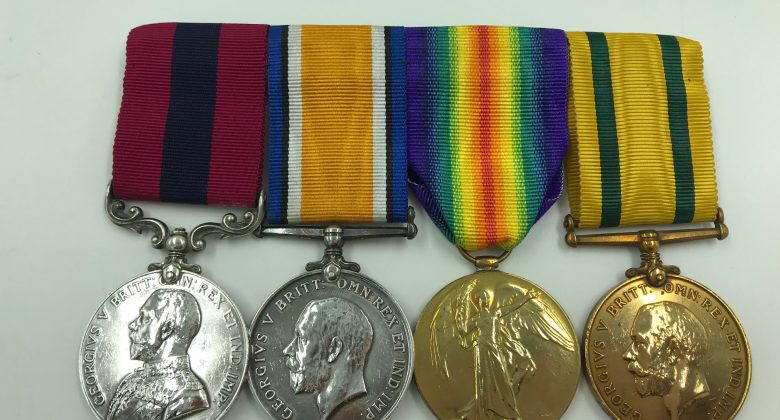
Distinguished Conduct Medal On left with British War Medal, Victory Medal and Territorial War Medal) 1918
Awarded to W E White, who had been a Territorial soldier before the outbreak of World War One, serving with the 4th Battalion DCLI.
Because of his brave actions in March 1918, W E White was awarded the medal for conspicuous gallantry and devotion to duty. This included leading the rescue of buried and injured soldiers after the collapse of a trench by shell fire, and then manning the post alongside his company.
Territorial Force Medals - War Medal and Efficiency Medal Pre-1921
These medals were awarded to Private W H Tallins DCLI. The Territorial Force War Medal was a campaign medal awarded to members of the British Territorial Force and Territorial Force Nursing Service who served overseas in World War I. It is the rarest of the five British Great War medals. It was established in April 1920 for members of the Territorial Force and Territorial Force Nursing Service who had volunteered for before 30th September 1914 for service overseas. A total of 33,944 Territorial Force War Medals were awarded. This includes 227 to nurses of the Territorial Force Nursing Service, the only women to receive the medal.
The Territorial Force Efficiency Medal was an award for long service between 1908 and 1921. It was awarded to non-commissioned officers and men for a minimum of 12 years’ service, providing they had attended 12 annual training camps. Previous service in other part-time forces could count and war service counted double.
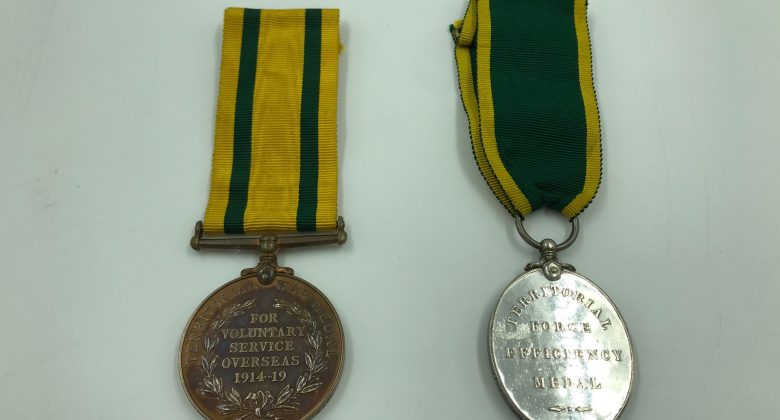
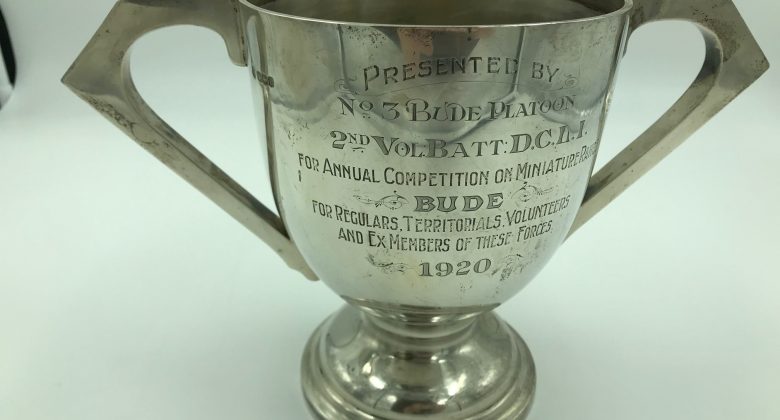
Silver Cup, 1920
‘ Presented by No3 Bude Platoon, 2nd Volunteer Battalion DCLI for annual competition on miniature range Bude. For regulars, territorials, volunteers and ex-members of these forces 1920. ‘
Silver Cup, 1910
‘ 5th Battalion DCLI presented to A Company Liskeard by Surgeon Major W Hammond for annual competition amongst the recruits. ‘

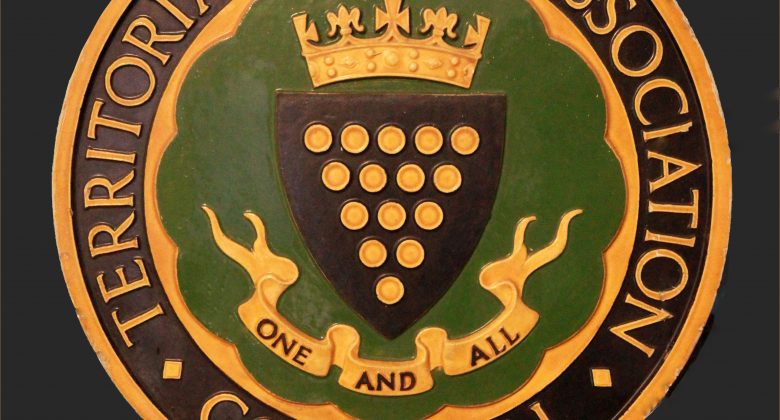
Ceramic Roundel from a Drill Hall, 1930s
From a Territorial Army Drill Hall (it is not known which one).
An identical roundel can still be seen on the Penzance Road Drill Hall (built 1938) at St Just in Penwith.
116 Engineer Regiment Formation Insignia 1962
When the Territorial Army was reconstituted in 1947, the four Devon TA companies became the 116 Army Engineer Regiment. The regiment’s HQ was at Plymouth.
116 Regiment was disbanded in 1950 and later a new 116 (Devon and Cornwall) Engineer Regiment was formed within the Territorial Army in 1961.
The badge shows the iconic Tamar Road Bridge which links Devon and Cornwall and which was formally opened by the Queen Mother in 1962.
The DCLI TA Band played at the opening ceremony.
Museum Number: U4526
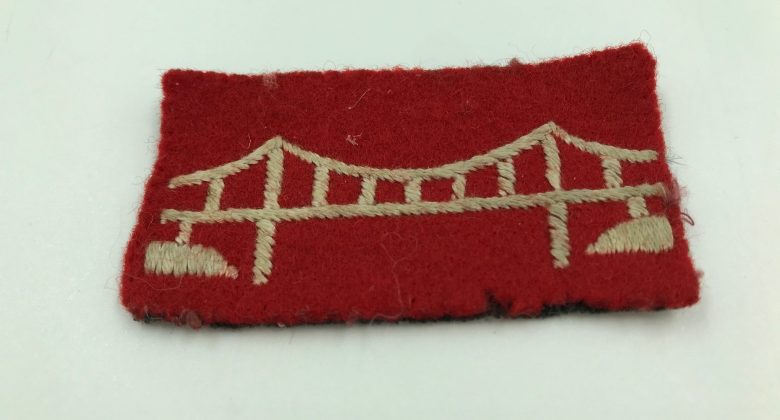

Territorial Force Imperial Service Badge World War 1
This badge was awarded to members of the Territorial Force who were willing to serve outside the United Kingdom. When the Territorial Force (TF) was created in 1908, it was intended for home defence and soldiers were not forced to serve abroad. However, people could volunteer for service abroad in times of war. Most people were awarded it as a result of action during World War I.
Concert Tickets Pre-1907
Concerts would have been given to boost morale, raise awareness of the army, and entertain families and locals alike. One of these concert tickets is for a performance given by G Company, 1st Volunteer Battalion, and the other is for a concert by F Company, 4th Battalion, DCLI. The 1st and 4th Battalions became the 4th and 5th Battalions of the DCLI in 1907, after the Territorial Forces Act. Museum Number: Misc 4017
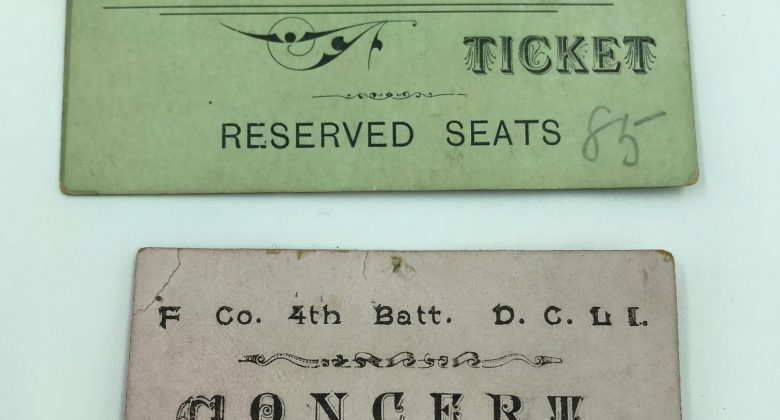
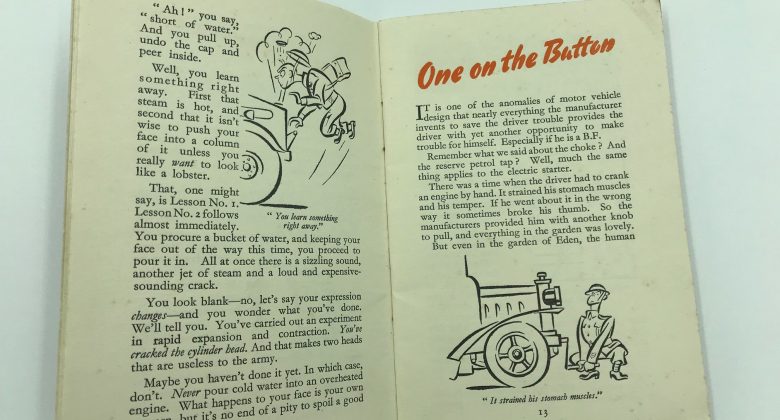
Humorous Instruction Book for Bedford Trucks Published by Vauxhall Motors 1942
For many men of the Territorial Army (TA), the use and maintenance of vehicles was a new skill acquired during their time serving with the TA.
This humourous driving and maintenace manual, with illustrations by Punch artist Douglas, was specifically for military recruits, and is both humorous and informative.
Exercise Book 1942
When learning new skills, Territorial Army soldiers were required to keep detailed notes. This book, belonging to Private J Berry of the 5th Battalion DCLI, dates from his learning to be a mechanic in October to November 1942. It contains not only extensive notes, but sketches of mechanisms.
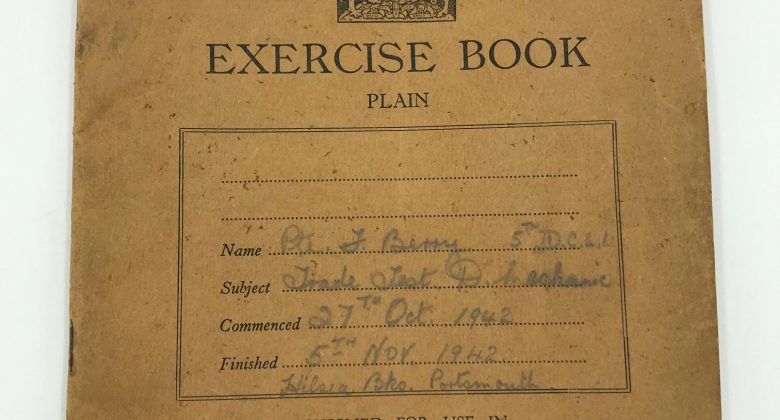

Reunion Beret Post-World War 2
This beret displays the cap badge of the Duke of Cornwall’s Light Infantry, alongside the badge depicting the Wessex Wyvern.
The Wessex Wyvern was the insignia of the 43rd (Wessex) Infantry Division of which the 5th Battalion formed an important part. This insignia would normally be seen on the sleeve of a soldier’s uniform but was attached to the beret itself for wearing to a range of reunion events held by the 5th Battalion in Germany and in Cornwall.
Driving Award 1959
This shield was awarded to Lieutenant Corporal C.M.Cook for his driving skills as a Territorial soldier. Awards were given for a range of skills taught in the Territorial Army, including driving, which formed a key part of the role of a soldier from the 1940s onwards.
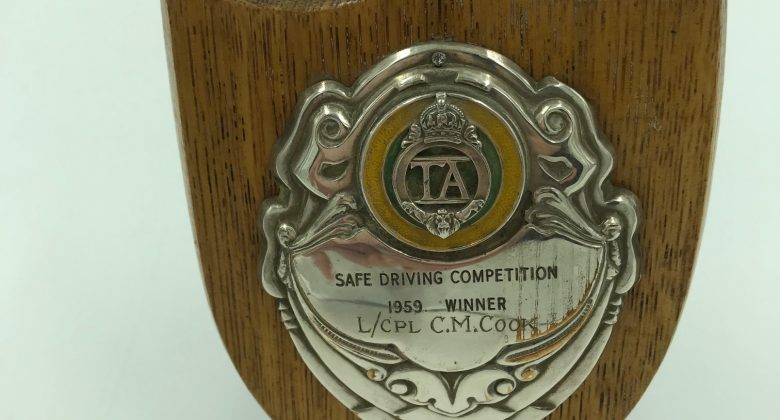
Pocket Map 1944
This small map was carried by Lieutenant Colonel G. Taylor of the 5th Battalion DCLI between 18th and 25th July 1944 after the Battle of Hill 112, which became known as Cornwall Hill. It still shows traces of Normandy mud.
The map shows the defensive area of the DCLI’s 5th Battalion around Hill 112 after the ending of the brutal battle on the 12th July 1944. Defensive fire plans for use in the event of a counter-attack can be seen in blue on the map.
